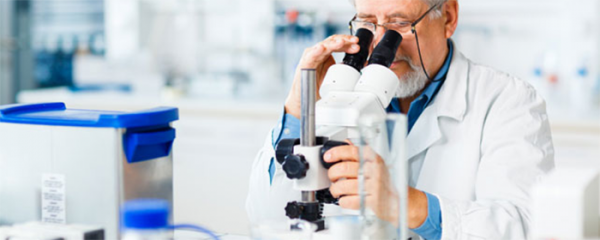New hepatitis C treatment only provides short-term protection against liver cancer – What should we do afterwards?

As many of you may have known, reports of the new hepatitis C treatment being associated with a higher risk of liver cancer were found when the treatment came out. One of the most notable cases is the development of a 7 cm cancer tumour in just 6 months after the patient receiving the new treatment. Researchers have been investigating on this issue, and a recent research suggests that the risk of getting liver cancer is not higher after the treatment, but only for a short period of time.
Liver cancer risk only managed in the short term
According to a study conducted by the American Association for the Study of Liver Diseases that made use of data from 17,836 patients, hepatitis C treatment is not associated with a higher risk of liver cancer in treated persons with cirrhosis, but only in the short term.
As we all know, cirrhosis patients already have a higher chance of developing liver cancer in the first place. Compared with patients with other liver problems, they require much more protection and care to prevent cancer from developing. If the protection against liver cancer given in the new hepatitis C treatment is only for the short term, it is definitely not an effective solution in terms of this regard.
Provide long-term protection for your liver
Undeniably, the new hepatitis C treatment is a much more efficient solution to removing the virus from the body compared to previous interferon treatment. But patients should never forget about the fact that previous liver injury like cirrhosis is still present. To prevent liver cancer from happening, long-term post-treatment recovery is necessary. Patients who are cured but have cirrhosis should never assume just the new treatment alone can help them restore the liver health. Recovering liver function should be on the top of the to-do list for patients who would want to achieve a complete recovery. And it can only be achieved by bringing liver function back to a normal level through repairing liver cells and preventing the development of cancer cells.
If you have any questions regarding how we can help restore your liver health, please do not hesitate to contact our support team for more information about liver protection and cancer prevention.
- Healio, https://www.healio.com/hepatology/hepatitis-c/news/online/%7Be33049e8-2b8e-47f5-ba1e-6ad01e1e88b8%7D/liver-cancer-incidence-after-hcv-therapy-linked-to-risk-factors-not-treatment, (Accessed Date: 2018-08-28)
- Journal Watch, https://www.jwatch.org/na44527/2017/07/10/risk-liver-cancer-after-hepatitis-c-treatment-with-direct, (Accessed Date: 2018-08-28)
- American Association for the Study of Liver Diseases, https://aasldpubs.onlinelibrary.wiley.com/doi/abs/10.1002/hep.29707, (Accessed Date: 2018-08-28)
- * All research and clinical data should be used as reference purposes only, results may vary.






